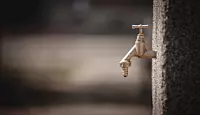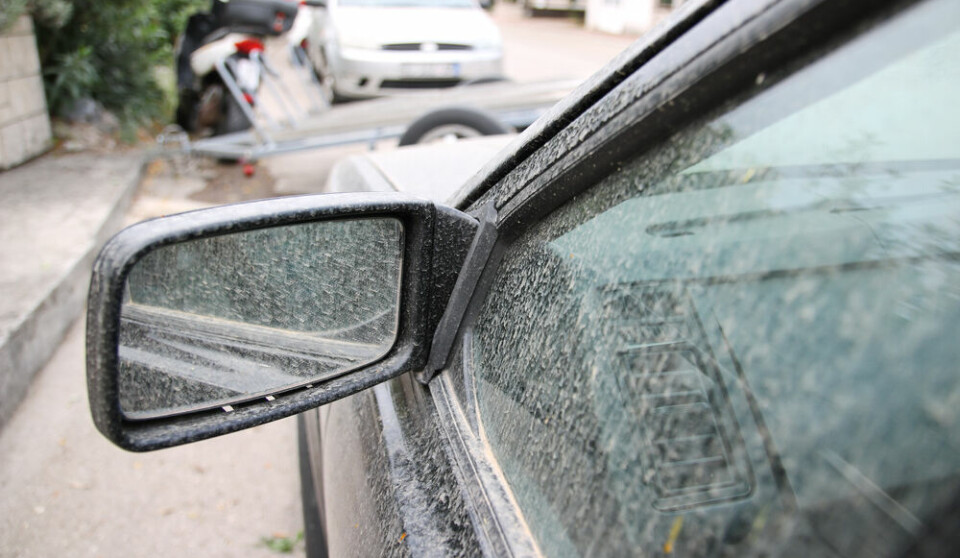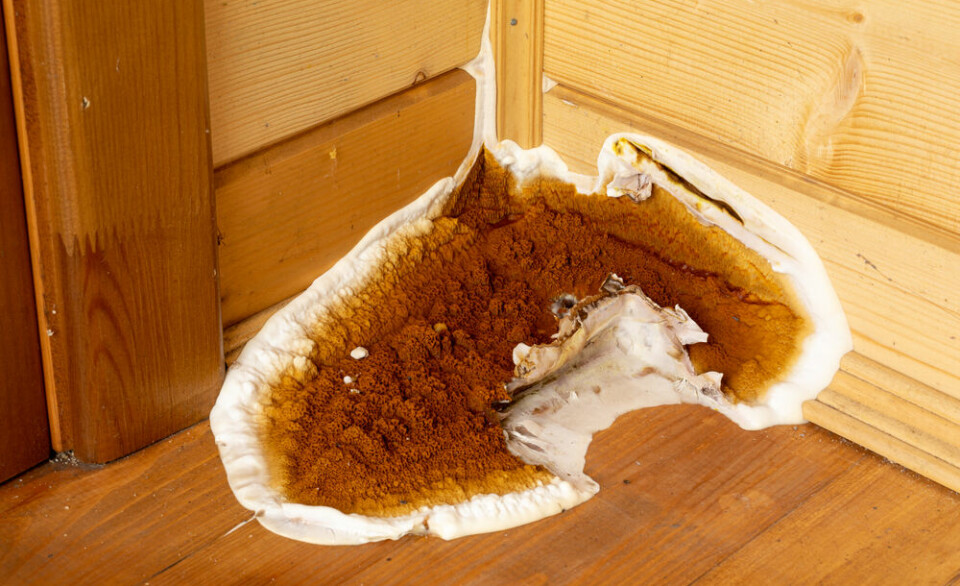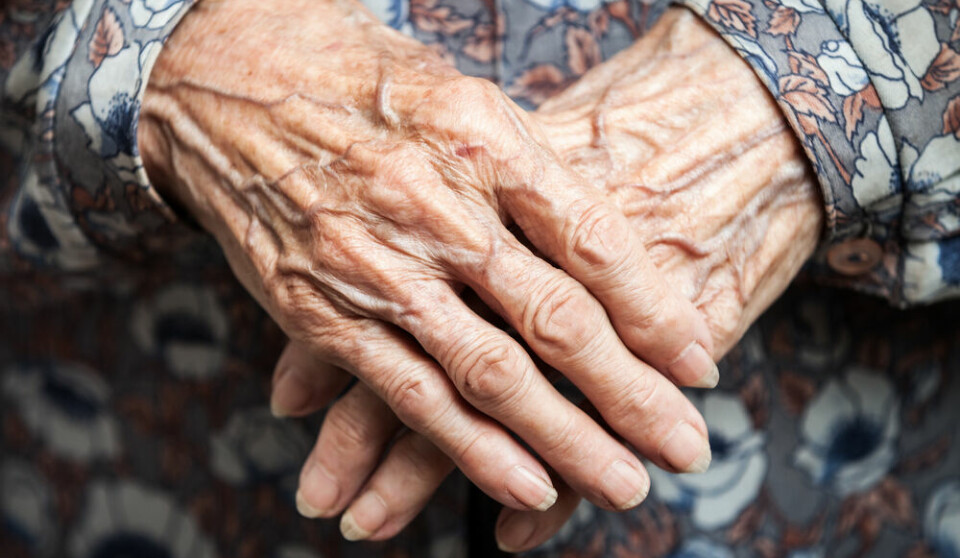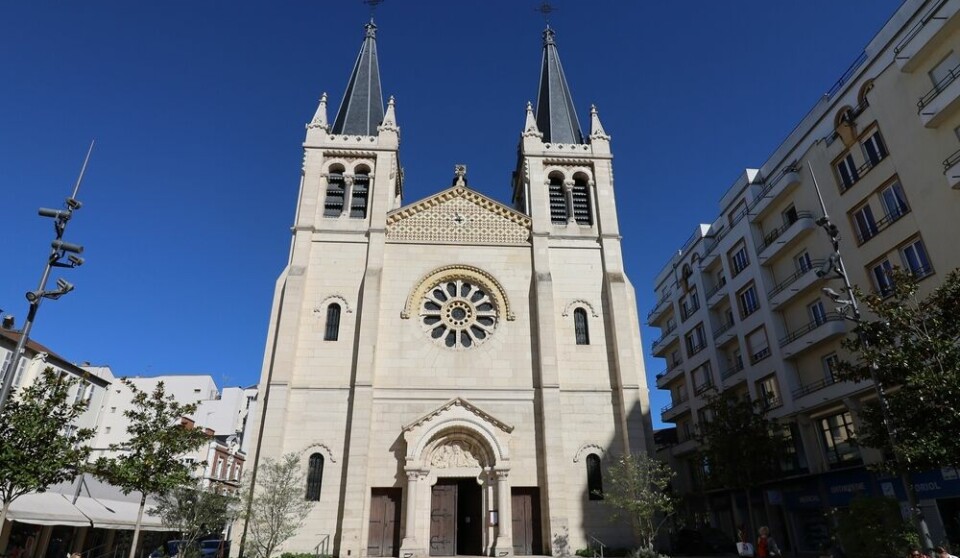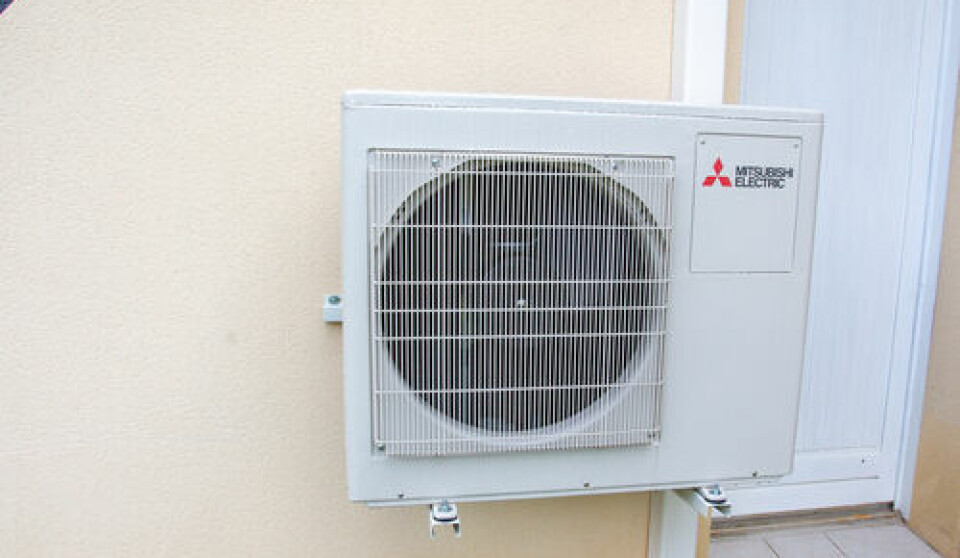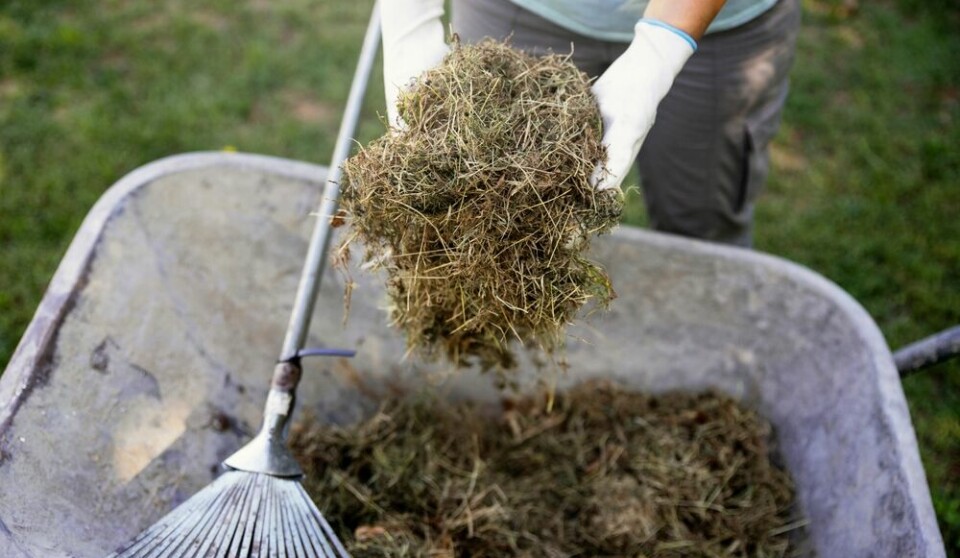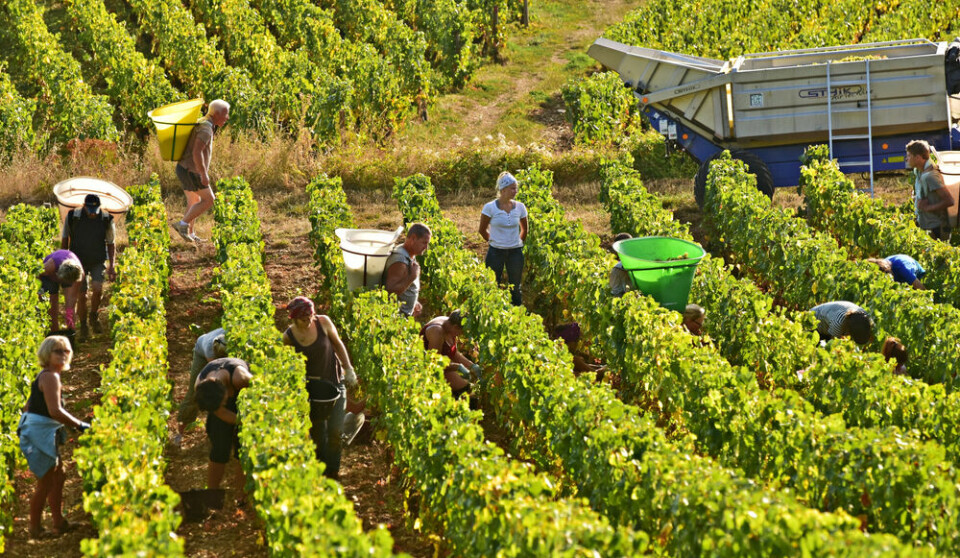-
‘Tiny swimming pools’ catch on in France as easier and cheaper option
Smaller pools are not subject to same regulations as larger conventional ones
-
How do I see if any drought rules are affecting my French home?
Restrictions can greatly impact the use of water
-
Tap water fees for homes to be seasonal in Toulouse
The ‘innovative’ measure will see prices rise 42% in summer; critics say it is unfair
Wet winter eases France’s water crisis but south logs record drought
Stark regional differences in rainfall and a leaky pipe network leave some areas at risk of drought this summer
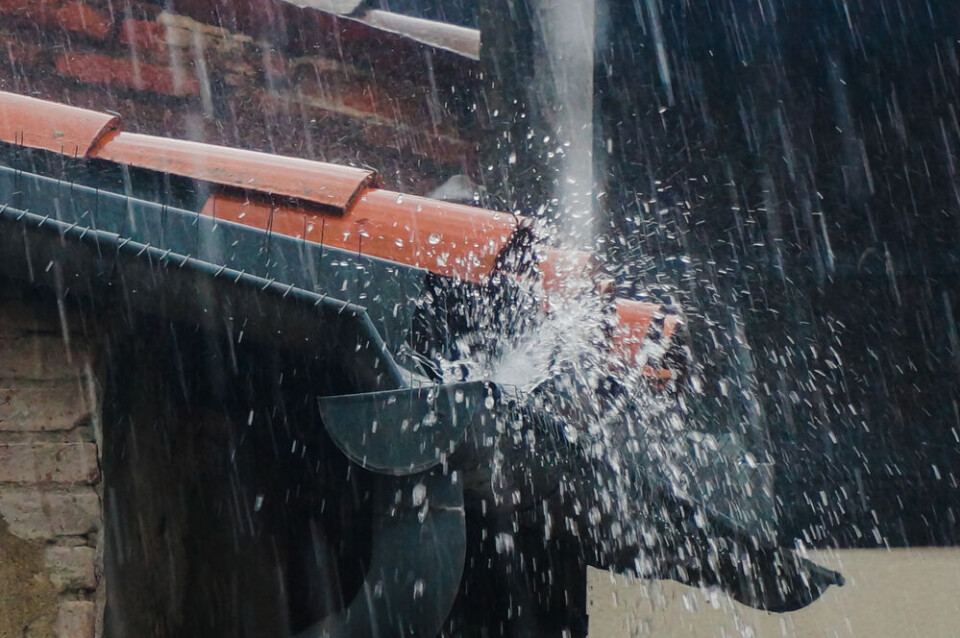
Risks of drought this year are predicted to be less than in 2023 after a generally wet winter, especially in the west.
However, strong regional differences remain, with the historic Languedoc-Roussillon area particularly exposed.
Pyrénées-Orientales, France’s southernmost department, is suffering a record drought, both in duration and intensity.
In response, the state has pledged to create a new M or Mme Eau role to identify and prioritise urgent new water projects.
One plan under review is to extend the Aqua Domitia aqueduct from the Rhône to Perpignan. It currently stops at Narbonne.
Schemes to reuse waste water are also being studied.
Read more: Crisis level for drought already in place in areas of south of France
Some areas ‘almost desert-like’
Ecology Minister Christophe Béchu said the department “has not had any real rain for two years”.
The Roussillon area, in particular, is becoming almost desert-like, with only 31mm of rain last autumn, compared to France’s average of 324mm.
Mr Béchu said the price of water there, among the lowest in France, is likely to rise to fund improvements.
The former Languedoc-Roussillon areas already have water alert plans in place at the most serious ‘crisis’ or ‘reinforced alert’ levels.
One litre in five lost due to leaky pipe network
A big problem across France is water being wasted due to badly-maintained pipe networks.
The association Intercommunalités de France has flagged up 195 communes losing at least half of their water into the ground.
It says local distribution networks should be renewed every 50-60 years, when the average in France is closer to 120-140 years.
“We have a lot of very old, badly-maintained networks that are terribly leaky,” it says.
The worst areas for this are Pyrénées-Orientales, Gard, Ardèche, Hautes-Alpes and Corsica, particularly in smaller villages that manage water at a commune level.
Most areas now manage their water inter-communally, and no isolated communes will be able to do so from 2026.
The consumer association UFC-Que Choisir says on average one litre in five is lost before it gets to users.
Read more: ‘Check your water meter’: couple’s €2,700 bill for leak at French home
Another prolonged hot summer will cause problems
In Hérault, the prefect has warned that by the end of the summer one in three communes could face shortages.This winter was the first in which it maintained water restrictions.
He advised collecting rainwater, taking showers, not baths, and putting in place systems to limit taps’ water flow.
Over the last six months much of France has seen plenty of rain, especially in Pas-de-Calais, Aquitaine and Charente, and water tables are much fuller than last year.
Paca also saw improvement due to rain in February and March.
Experts, therefore, predict fewer drought problems than last year although a prolonged hot summer could see conditions worsen again.
See vigieau.gouv.fr for affected areas.
Related articles
What are the rules for collecting and using rainwater in France
Stop stigmatising us during droughts, say pool owners in France
Can planning permission be rejected in France due to water shortages?

